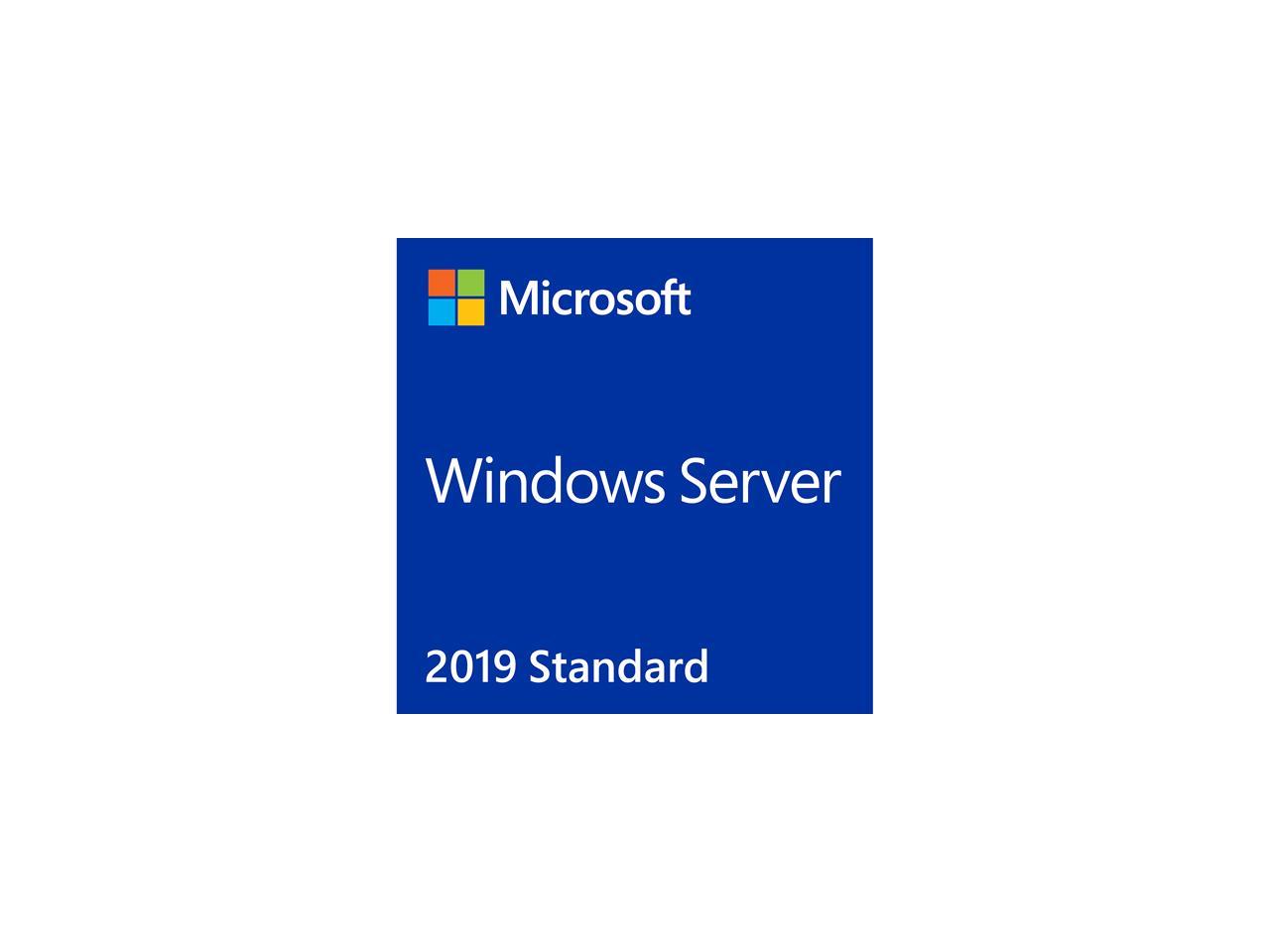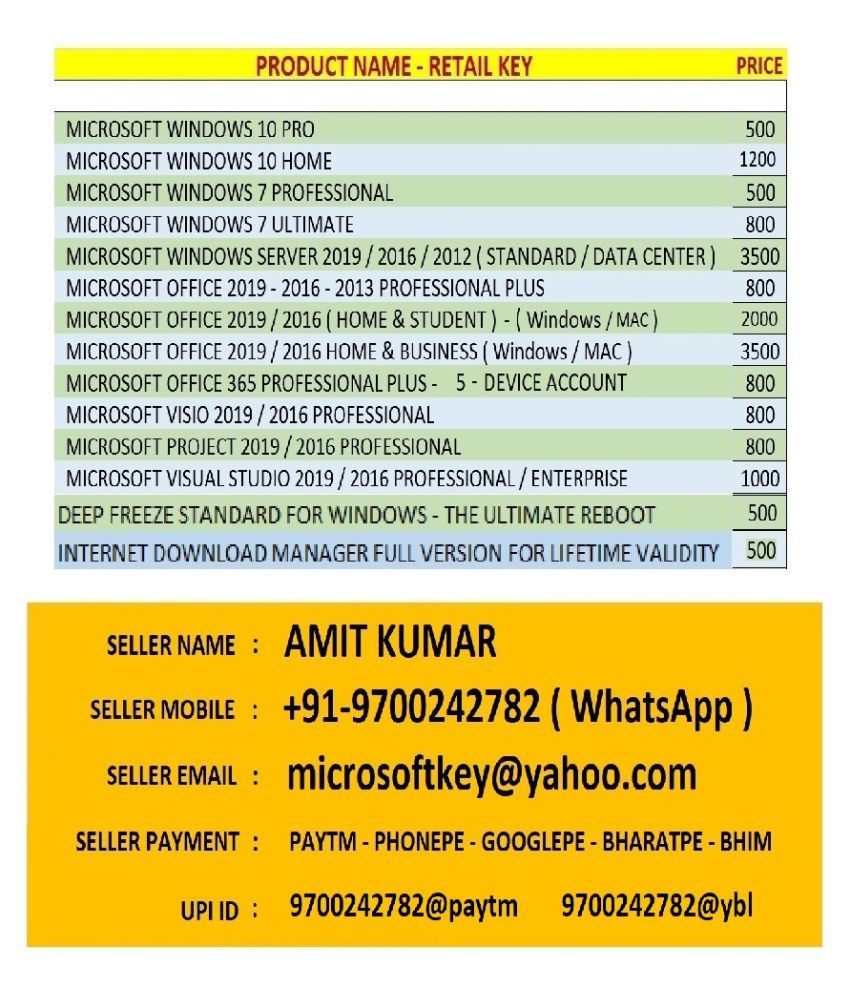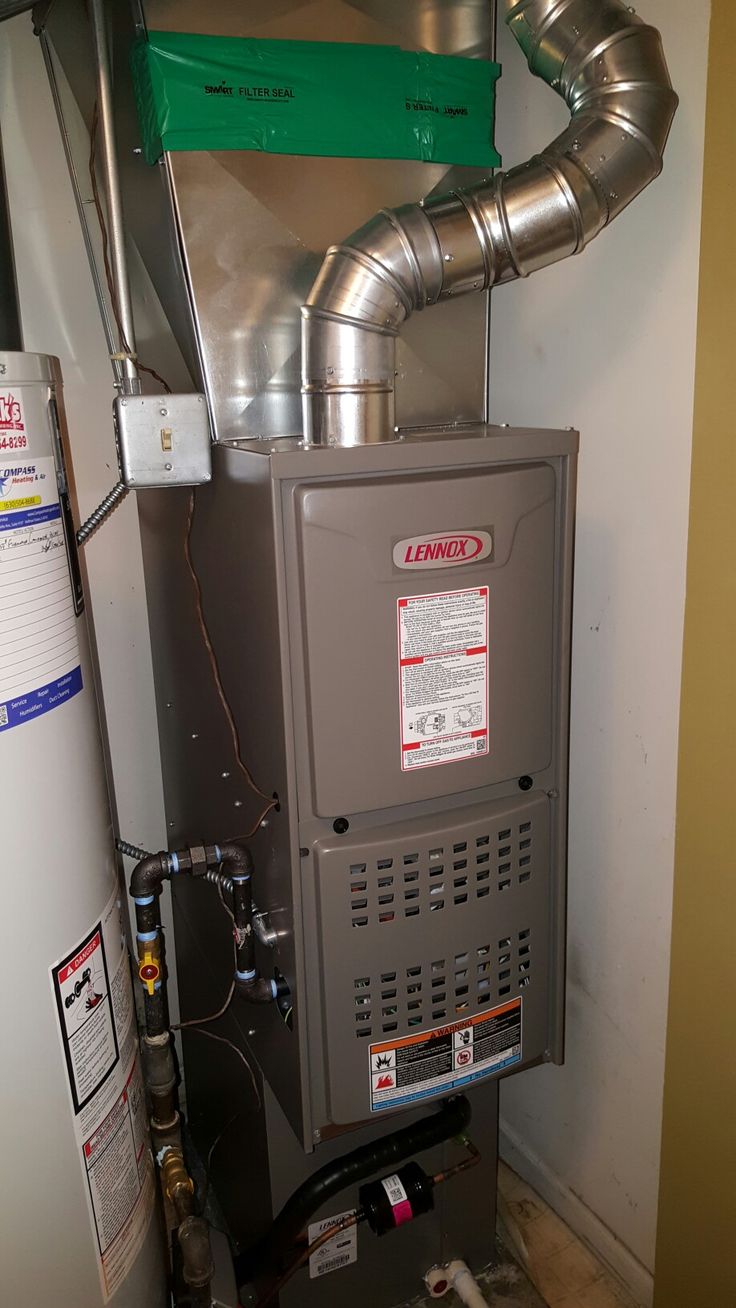Table of Content
Revenue cycle management organizations like HealthRev Partners can relieve some of the administrative burden of PDGM through expert coding, billing, and billing recovery services. Since revenue cycle management is all we do, we’re able to focus solely on maximizing reimbursements and getting you what you’re owed. New LUPA thresholds that vary by HHRG, based on the 30- day period of care. A partial payment adjustment will apply if a beneficiary transfers from one HHA to another, or is discharged and readmitted to the same HHA within 30 days of the original 30-day period start date.
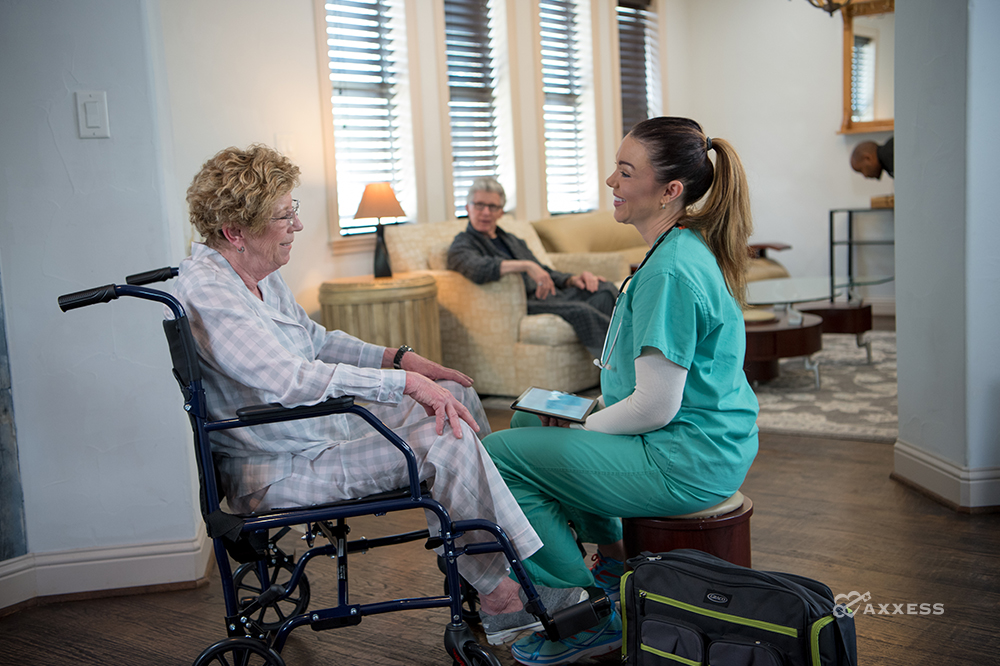
The PDGM relies more heavily on clinical characteristics, and other patient information to place home health periods of care into meaningful payment categories. One case-mix variable is the assignment of the principal diagnosis to one of 12 clinical groups to explain the primary reason for home health services. According to CMS, comorbidity is tied to poorer health outcomes, more complex medical needs and management, and higher care costs. The PDGM will designate a comorbidity adjustment of low, high, or none for each 30-day period based on a patient’s secondary diagnoses reported on the claim. Perhaps the most significant component of PDGM for HHAs is the change of unit of payment from 60-day episodes of care to 30-day periods of care.
PDGM for home health
PDGM clinical grouping is based on the principal diagnosis reported on the claim and CMS designed the groupings to capture the most common types of care provided. According to the Federal Register, the principal diagnosis provides information to describe the primary reason for which a patient is receiving home health services. Under PDGM, each 30-day period of care would be classified through a variety of clinical characteristics and other patient information and then placed into a clinically meaningful payment category or Home Health Resource Group . PDGM will eliminate their use in determining payment, thereby removing any financial incentive to over-provide therapy services and helping to shift the focus towards a more value-based system.
Keith Boroch, Vice President, Principal,McBee, leads McBee’s Post Acute Consulting Practice. Keith has more than 30 years of strategic, operational, and financial leadership experience with both free-standing and health system home health and hospice organizations. Additionally, Keith has experience with senior care, infusion, retail and closed-door pharmacy, and durable medical equipment operations. He proactively delivers his experience and expertise to improve the clinical and financial outcomes of providers in the post acute care space particularly as they integrate with the acute care environment. Home Care Answers makes things easy for agencies to know what the PDGM reimbursement will be along with the LUPA Threshold and HIPPS number on every chart in a simple report to review. We help provide vital information and maximize reimbursement by assuring accurate coding and OASIS.
HOME HEALTH AGENCIES ADAPTING TO PDGM
Two admission source categories used for grouping a 30-day period of care. HHA providers newly enrolled in Medicare on or after January 1, 2019, submit a no-pay RAP and one final claim for each 30 day period. The decision-making on discipline/visit utilization should not change under PDGM. The plan of care should still be designed to meet the service needs of the patient. If this dictates that the patient only needs therapy services, then the service delivery should not be different than it was under PPS. Providers will have to evaluate, however, the anticipated change in revenue for this service category under PDGM compared to the Prospective Payment System.

There will be no comorbidity adjustment if there are no documented secondary diagnoses that fall into either the low or high comorbidity adjustment. There has been an acute care stay within the 14 days prior to the start of that period. The National Association for Home Care & Hospice has developed a suite of resources for physicians interested in learning more about the Patient-Driven Groupings Model . While our primary goal is to ensure agencies are fully prepared for PDGM, it’s also extremely important for physicians to understand how PDGM will change their interactions with home health agencies. Each of the 432 case-mix group has a threshold to determine if the period of care would receive a LUPA.
Pdgm Home Health
“This rule… innovates and modernizes home health care by allowing remote patient monitoring,” says CMS Administrator Seema Verma. Industry experts believe the implied endorsement of this technology will spur further technological developments in the home healthcare arena. Threshold; agencies will be facing thresholds of up to 12 visits over 60 days for some HHRGs. Most HHAs are familiar with PDGM, but understanding the impact is more complicated.
It also means the POC must be completed immediately after completion of the OASIS assessment. Billing will be every 30 days under PDGM, which means that the initial Request for Anticipated Payment and the final claim will occur in a much shorter time-span. A second RAP for a second 30-day period must be submitted on or after day 31.
Home Health Care Providers in Browns Mills, NJ - home care
At Syneos Health, we are dedicated to building a diverse, inclusive and authentic workplace. If your past experience doesn’t align perfectly, we encourage you to apply anyway. At times, we take into consideration transferrable skills from previous roles.
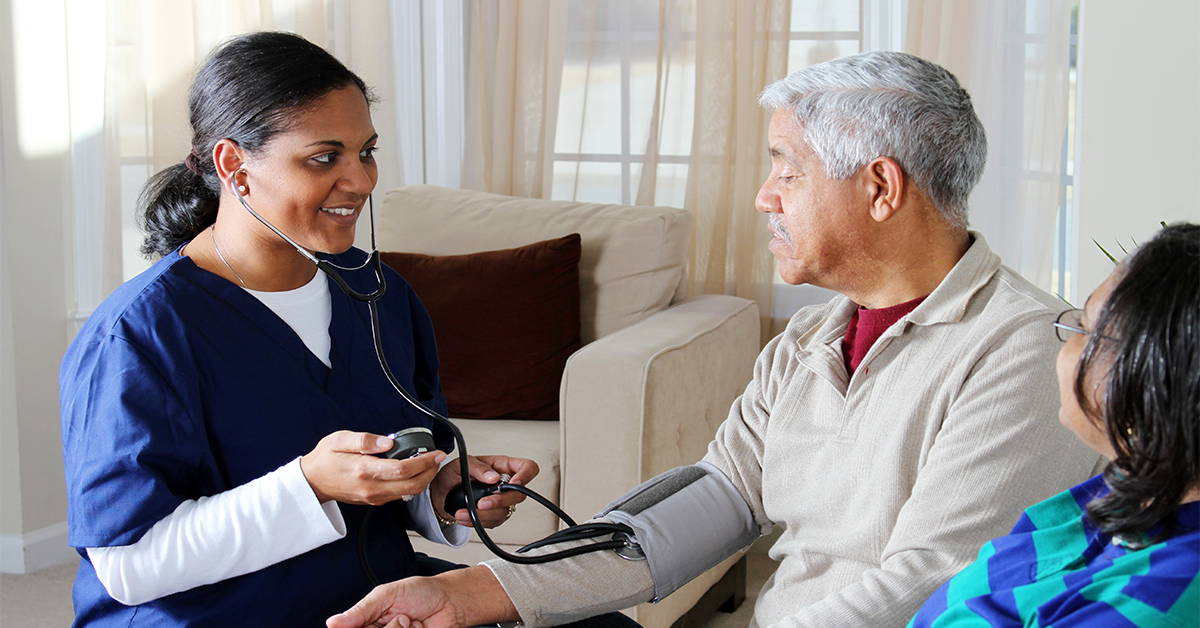
There have also been guidance updates to O0110 that is specific to additional treatments. CMS has also updated the definition of rehabilitation therapy in J0520. C0500 had an update in this manual that revises some language surrounding the use of the dash. These are not major changes to how the assessments are to be completed. The changes are primarily to revise some of the actual wording and instructions of how you are to complete the items.
Second and Third Positions - represent the clinical and functional domains of the HHRG coding system. The treatment authorization code, which is reported under HH PPS in the TREAT. AUTH.CODE field on the Fiscal Intermediary Standard System Direct Data Entry , Claim Page 05, is no longer required. This field will only be used when required by the pre-claim review process when it actually represents an authorization number. CMS sees this as a problem because they want organizations to treat the patient, instead of trying prescribe a treatment that will maximize dollars. To take a proactive stance against this behavior, CMS reduces the amount of money given for certain reimbursements.

The PDGM will allow HHAs to designate one principal diagnosis and up to 24 secondary diagnoses. This is in contrast to the five secondary diagnoses currently allowed on the OASIS assessment. According to CMS, the comorbidity adjustment can increase payment by up to 20%.
Case-mix adjusted payment for 60 day episode is made using one of 153 HHRGs based on severity levels. Early episode of care - First two 60-day episodes in a sequence of adjacent covered episodes. Home health care agencies are challenged to develop and implement a plan to meet all the requirements of PDGM and optimize reimbursement.
This threshold is determined by the tenth percentile of visits in each payment group with a minimum of threshold of 2. FISS will be modified to auto-cancel RAP payments on or after January 1, 2020 when the final claim is not received within 90 days of the statement FROM date of the RAP, or 60 days from the paid date of the RAP. HHA providers submit one RAP and one final claim for each 30 day period.
The impact will be different for each provider, but our recommendation is that providers prepare for this potential risk. Outlier payments currently are made for 60-day episodes of care with estimated costs that exceed a designated threshold amount. Under PDGM, periods with estimated costs of care that exceed a specific outlier threshold will receive an outlier payment for that 30-day period. Outlier Payment calculations will remain the same as they are currently. A LUPA is a standard per-visit payment for episodes of care with a low number of visits.

Because clinicians can document a greater number of secondary diagnoses under PDGM, CMS assumes that more 30-day periods will receive a comorbidity adjustment than if only OASIS codes were used for payment. Thorough assessments, ongoing reassessments and accurate documentation are critical to this assumption. Outlier payments can result from medically necessary high utilization in any or all of the service disciplines. CMS assumes that HHAs will take advantage of the comorbidity adjustment by documenting up to 24 secondary diagnoses. According to CMS, this more accurate coding and documentation will increase payment for 30-day periods by up to 20%. CMS finalized a new case-mix classification model, the Patient-Driven Groupings Model , effective January 1, 2020.








